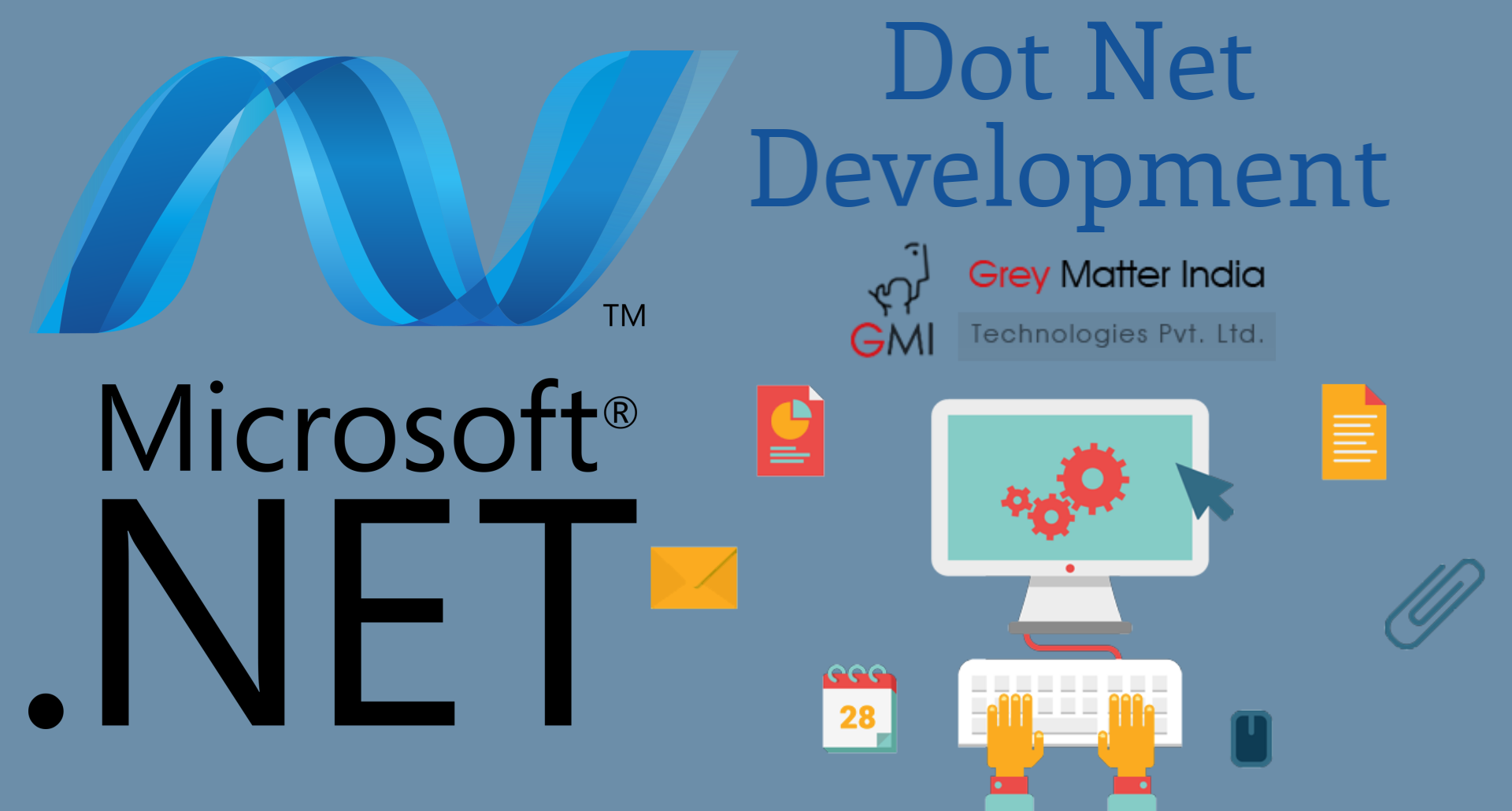Right from the inception of the first version of the .NET framework back in 2002, several updates of dotnet have hit the market at the regular intervals thereby providing the developers with a better and improvised tool for .NET application development every time. Followed by the first version 1.0, there came other versions of the framework such as 1.1, 2.0, 3.0, 3.5, 4.0 and the newly introduced .Net 4.5 version. While the initial version .Net 1.0 had only basic features, its successors were better tools with advanced features and better facilities for the application development process. This article presents a journey through the versions of the.Net frameworks thereby recalling the best features of every version right from the .Net 2.0 to .NET 4.5.

.NET 2.0 Features
The DotNet 2.0 version was released back in the year 2006 and came with significant improvements for ASP.NET. This version improved the way ASP.NET development was done as new tools were introduced in this version which made it easier to add widely used functionalities to dynamic web pages and moreover also helped in displaying and editing the data on ASP.NET pages without having to write the code for the purpose. Another interesting features in this version was .NET remoting which helped to configure the connection cache time-out and the number of method retries thereby drastically enhancing the performance of network load-balanced remote clusters.
Interesting Features of .NET 3.0/3.5
The .NET versions 3.0 and 3.5 have got some interesting features that make the process of developing dotnet applications lot easier.
Windows Presentation Foundation or WPF being one of these, is a presentation system based on a resolution-independent and vector-based rendering engine that helps in creation of appealing Windows client applications. It presents some interesting application development features like XAML, data binding, support for 2-D and 3-D graphics, animation, templates, media, text, and typography.
Windows Workflow Foundation or WWF is one of the most interesting features of .Net framework 3.0. It’s a runtime engine or a programming model for development of workflow applications.
Windows CardSpace(WCS), also known as InfoCard is an interesting tool that helps for keeping a track of digital identities. With WCS, came a new concept of WCS logins where the users are required to choose a digital identity or a card for logging into the site. This technology changes the application log in procedure.
Other few interesting features that came up with .NET 3.0 and 3.5 versions include The Lambda Expressions, Object and Collection Initializers, Extension Methods, Implicitly Typed Arrays & Local Variables, Anonymous Types and Auto Implemented Property.
New Features in .NET 4.0
.Net framework 4 was improved for better security, compliance to the standards, reliability, and performance factor. Some of the new features in .NET 4 include MEF, parallel computing, a new API and a few improvisations to Web Forms, core services, MVC, deployment, WPF and WCF components.
.NET 4 supports a new library called Managed Extensibility Framework or MEF that helps in development of extensible and composable applications. This version introduces a new programming model that makes the application related work a lot easier for the developers and enables them to write asynchronous, scalable parallel code without having to work with threads directly. The framework introduces many changes even in components introduced in version 3.0/3.5 like WCF, WPF and WWF.
.NET 4.5 Features
.NET 4.5 was released recently in 2012. The versions brings up several new and most desired features for web development process. It supports the new HTML5 form types, model binders, WebSockets protocol and unobstructive JavaScript in client side validation scripts. The framework supports all the relevant features for development of Windows store apps using C# or Visual Basic. Dotnet 4.5 comes up with many new features, changes and improvements made in various areas of WPF, WCF and WWF components.
For those looking for DotNet application development can rely on services of Grey Matter India, the complete IT solutions company based in Ahmedabad, India. The company has got experienced .Net developers working on various industrial projects belonging to different industry verticals. Following the best development norms, the company ensures that only the quality .NET development solutions reach their clients.



